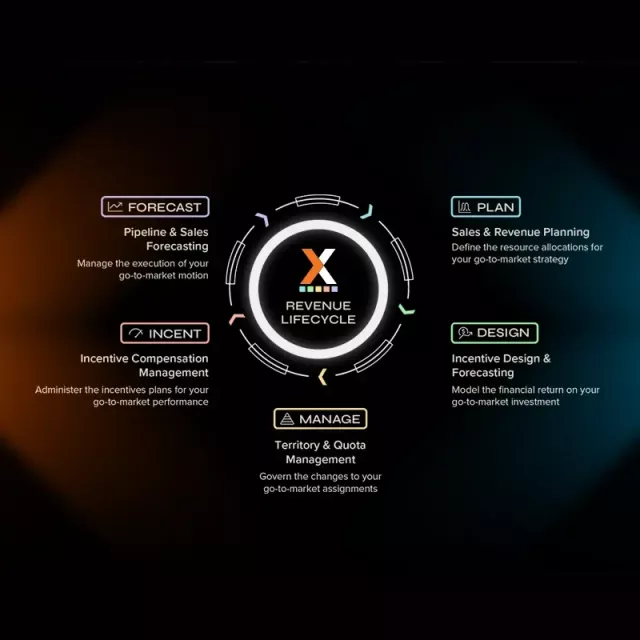
Everywhere you look, companies are talking about rich data. Artificial intelligence, predictions, and the like. Managing that in house, on homegrown tools, or even in the traditional spreadsheet, has proven to be unsustainable.
But why do companies continue to use something manual that’s difficult to maintain versus transitioning to another solution? We often hear that there is familiarity and a sense of “that’s how we’ve always done it” when it comes to traditional sales forecasting. The upfront investment also causes some hesitancy.
How can budget conscious organizations justify the investment in something that may not seem to be broken?
Sales Challenges that Arise from Manual Sales Forecasting
Let’s first talk about the common sales challenges that come with manual sales forecasting methods. There are five primary issues.
Time-consuming: Creating a sales forecast spreadsheet can be a time-consuming task, particularly if the forecasting process involves large datasets or complex calculations.
Prone to errors: Manual data entry and formula-based calculations can lead to errors in the forecasting process. These errors can be particularly problematic when they are not immediately identified and corrected, potentially leading to incorrect decisions based on inaccurate forecasts.
Limited accuracy: The accuracy of sales forecast spreadsheets can be limited by a variety of factors, including the quality and completeness of data, sophistication of forecasting models, and the assumptions made during the forecasting process.
Lack of flexibility: Once a sales forecast spreadsheet has been created, it can be difficult to make changes or update it in response to new information or changing market conditions.
Difficulty in collaboration: It can be challenging to collaborate effectively on a sales forecasting spreadsheet, particularly if multiple stakeholders are involved or if the forecasting process requires input from multiple departments or teams. This can lead to version control issues and a lack of transparency in the forecasting process.
Those still using manual or subjective sales forecast methods are increasingly at risk of being left behind:
45% of sales leaders and sellers have confidence in their sales forecasting accuracy. - Gartner
Overall, while spreadsheets have been a useful tool for sales forecasting to a certain extent, they are not always the most efficient or accurate solution, particularly as forecasting needs become more complex and require more sophisticated methods.
Why use sales forecasting software?
Sales forecasting software, such as Xactly Forecasting®. streamlines the many moving parts related to sales and revenue forecasting. It centralizes your forecasting resources and reporting so that you can maintain a more informed, consistent, and confident strategy over time.
Key benefits include:
- Automation: By automating steps in the data reporting and analysis process, you can be sure critical information never slips through the cracks.
- AI-powered insights: AI insights enhance human intelligence by analyzing large datasets and using sophisticated predictive analytics to inform your sales forecasts.
- Scalability: Sales forecasting software analyzes data at a scope and speed simply not possible through manual methods. It allows companies to scale forecasting strategies without compromising critical focus in other areas.
- Single source of truth: A sales forecasting software system serves as a single, centralized source of truth for sales-related data. It eliminates reporting inconsistencies and encourages higher levels of visibility and accountability that drive better performance.
When considering whether to build vs buy, sales forecasting software can provide significant benefits for organizations of all sizes. Improved accuracy, real-time visibility, better collaboration, and time savings are just a few of the benefits that sales forecasting software can offer.
If you’re stuck on which route to go, check out our Sales Forecasting Build vs. Buy infographic to get a clear picture of which option will set you and your organization up for driving predictable revenue and success.


